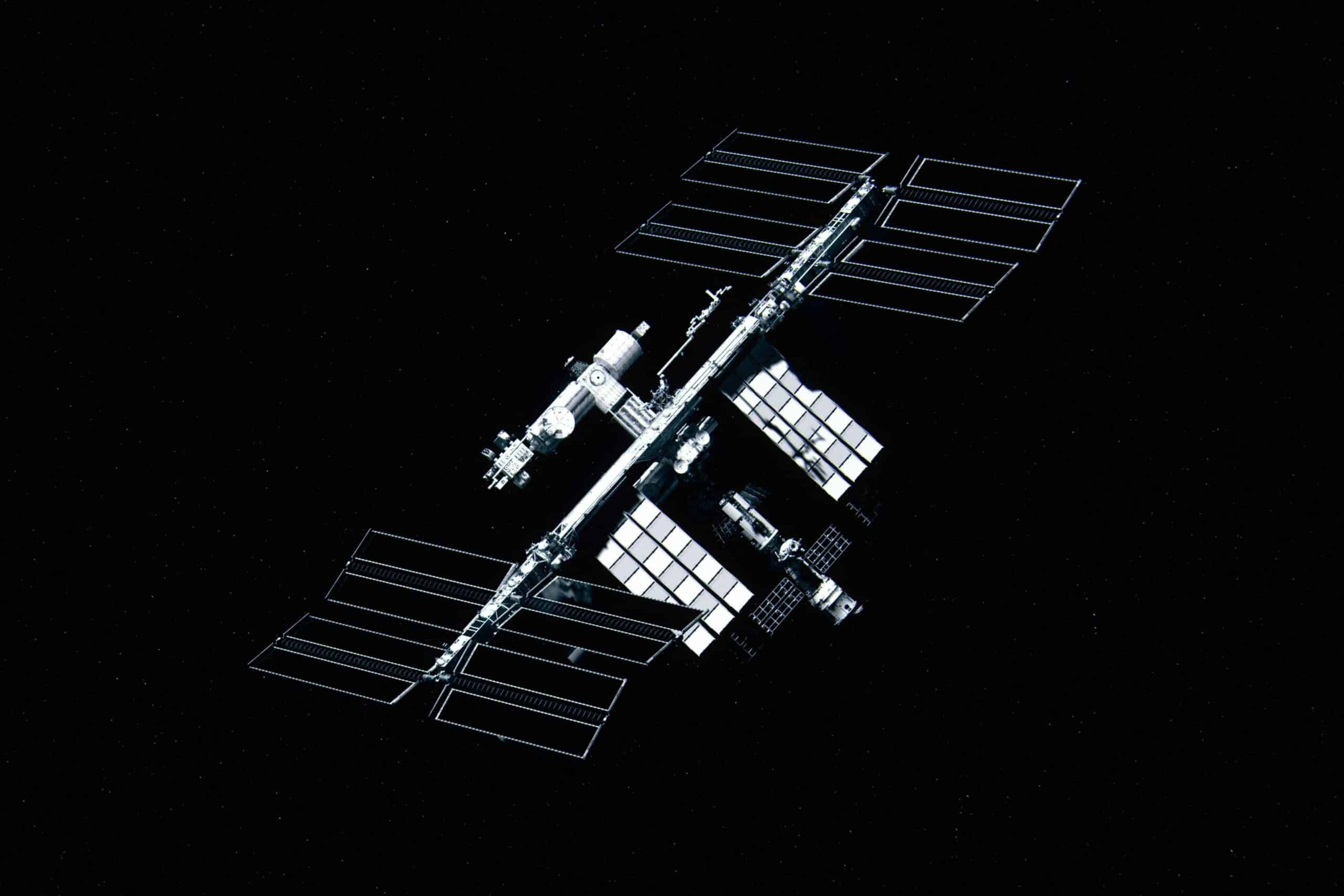Key Takeaways
- NASA’s Crew-11 mission launched to the ISS on August 1, 2025, carrying new VEG-03 plant experiments.
- Astronauts will grow crops such as Wasabi mustard greens, Red Russian kale, and Dragoon lettuce.
- The Veggie system uses LED lighting and “seed pillows” with clay-based growing medium for plant cultivation.
- Harvested crops will be eaten in space, with samples returned to Earth for analysis.
- NASA views plant growth as essential for future Moon and Mars missions and beneficial for Earth agriculture.
NASA Expands Space Farming Research on ISS
When NASA’s Crew-11 astronauts arrived at the International Space Station, they began a new chapter in space-based agriculture with the latest VEG-03 experiments. The study allows astronauts to choose from a “seed library” including Wasabi mustard greens, Red Russian kale, and Dragoon lettuce, providing both nutritional and psychological benefits during long-duration missions.
Inside NASA’s Veggie Growth Chamber
The VEG-03 experiment takes place inside Veggie, a chamber about the size of a carry-on suitcase. The chamber uses red, blue, and green LED lights to simulate the spectrum required for plant growth. Clear flexible bellows expand as crops mature, maintaining a semi-controlled environment.
Astronauts plant seeds embedded in fabric “seed pillows” filled with clay-based growing medium and controlled-release fertilizer. The clay, similar to material used on baseball fields, helps regulate water and air distribution in microgravity. Crew members monitor growth, add water, and document progress with photographs.
NASA Research: Food for Exploration and Morale
At harvest, astronauts will eat part of the crop while freezing samples for return to Earth, where scientists will study nutritional content and food safety. Fresh produce supports astronaut health while also providing psychological comfort — a key factor in long missions.
“Fresh food will become critical as astronauts venture farther from Earth,” NASA explained. The agency’s research aims to validate crop varieties that can diversify astronaut diets and give crew members more autonomy over what they grow and consume.
Benefits Beyond Space: Contribution to Earth Agriculture
NASA emphasizes that space farming technologies may also benefit agriculture on Earth. Techniques for growing food in microgravity could inform indoor farming systems, horticultural therapy programs, and accessible gardening approaches for elderly or disabled individuals.
By developing methods to produce fresh food in extreme conditions, NASA is not only preparing for missions to the Moon and Mars but also contributing to innovative food solutions for communities on Earth.



1 Comment